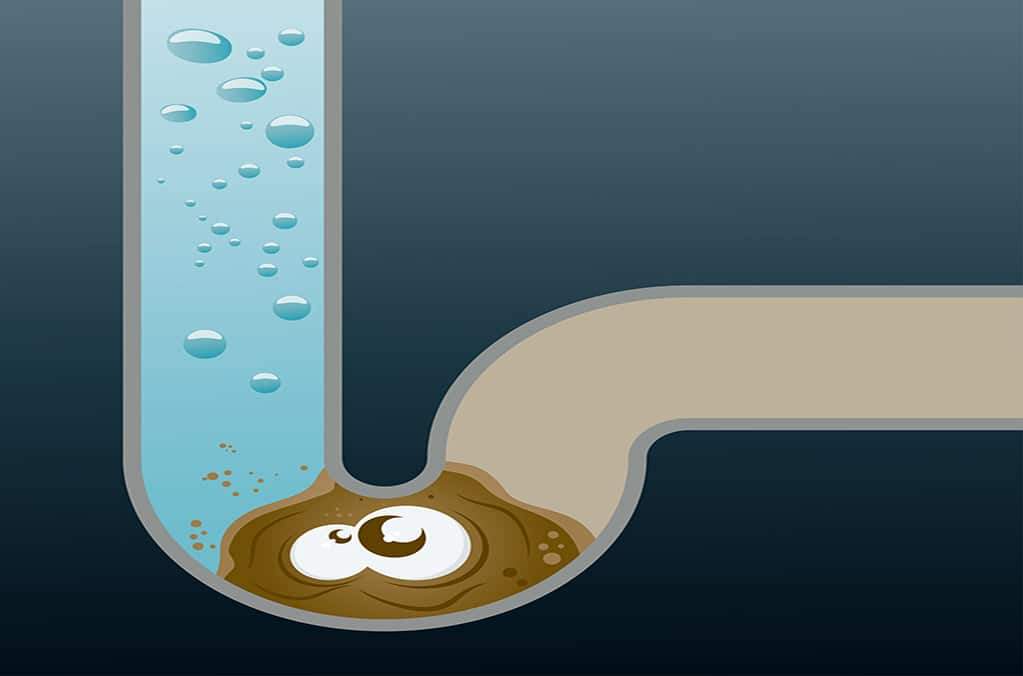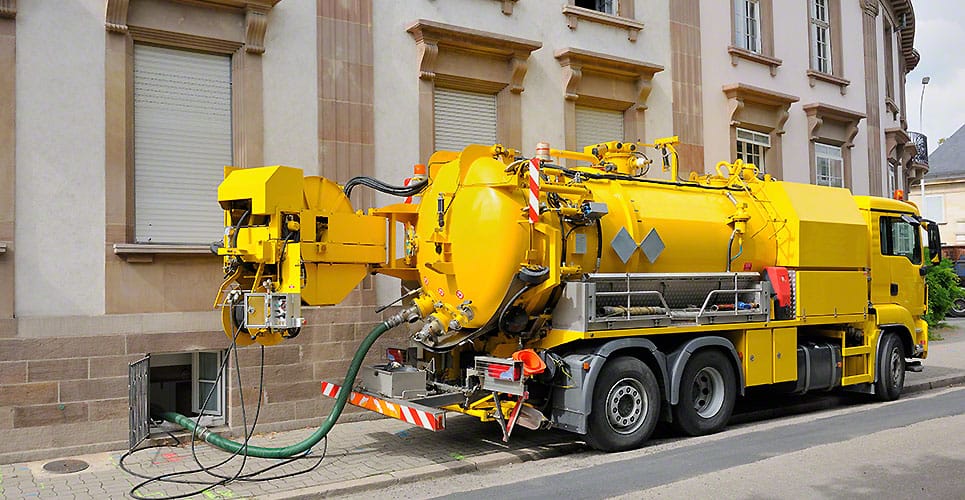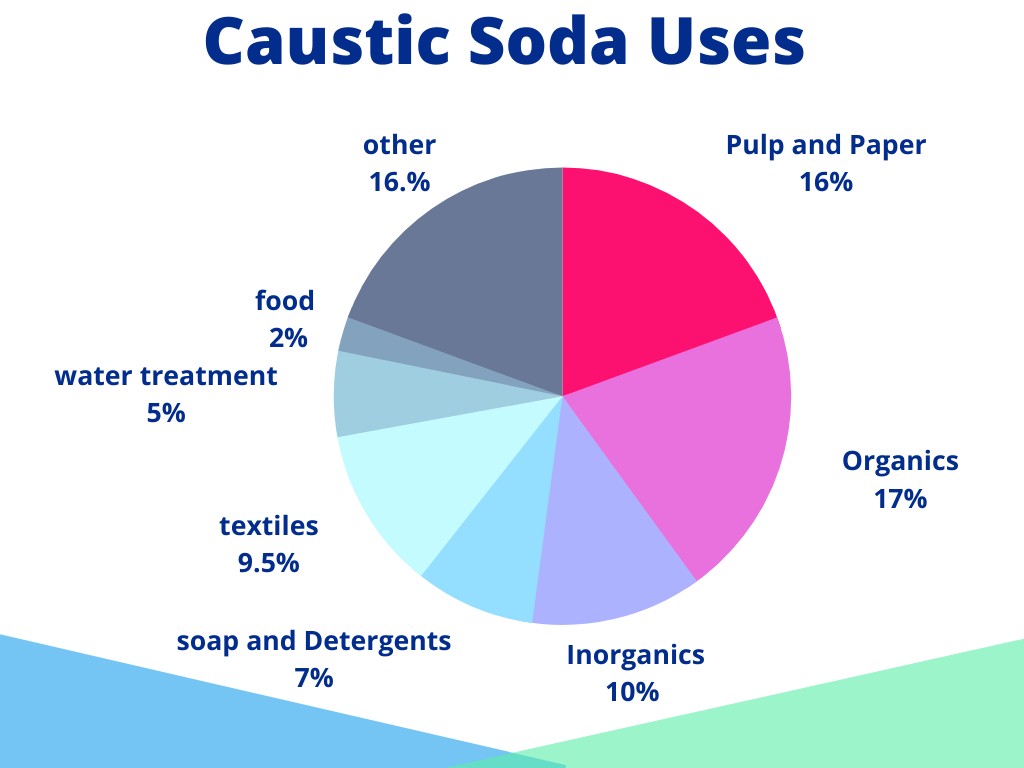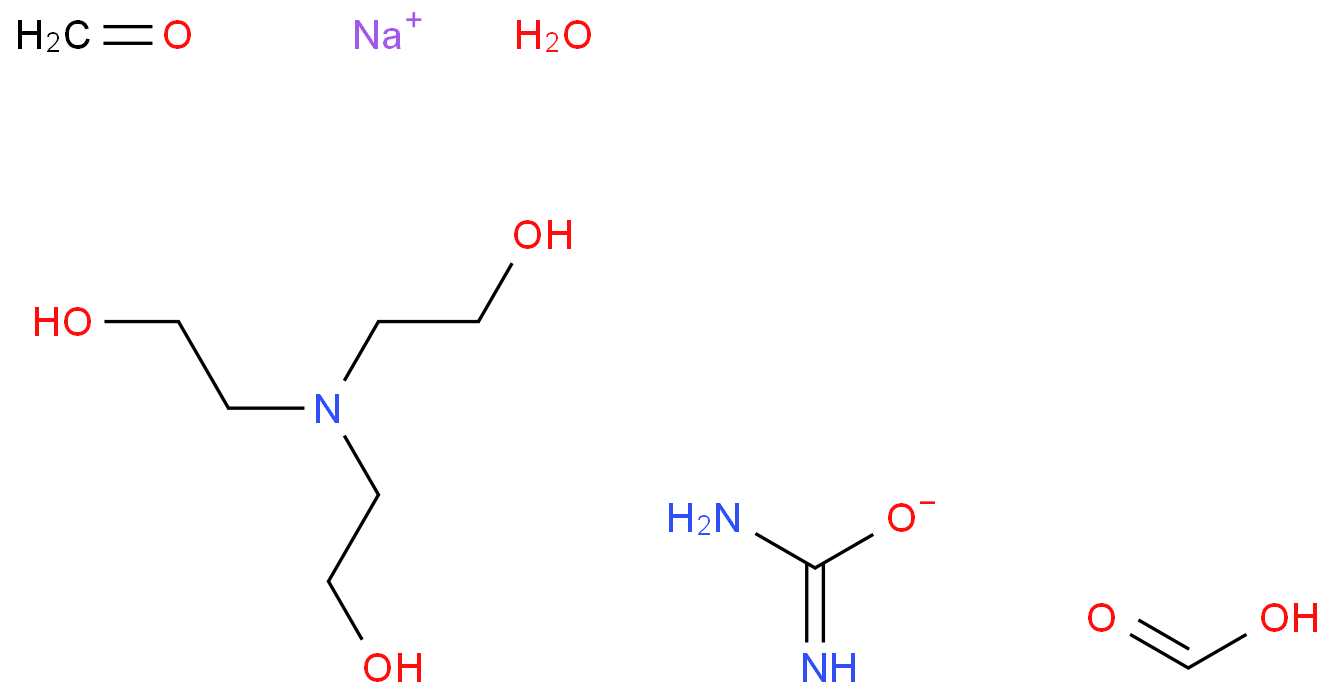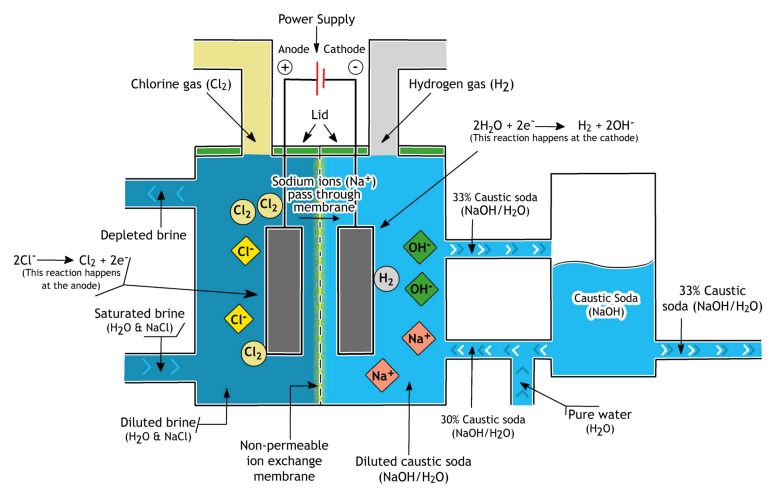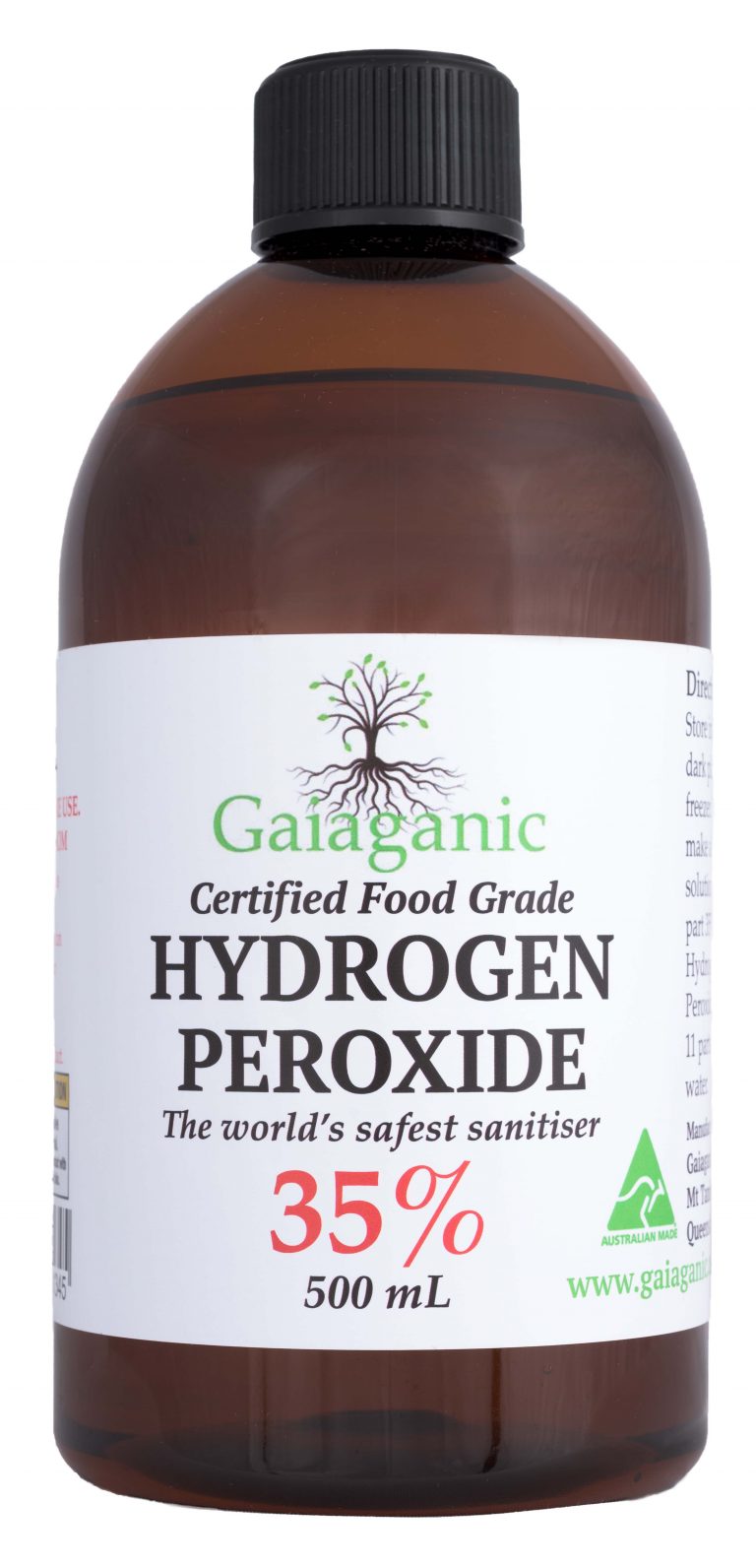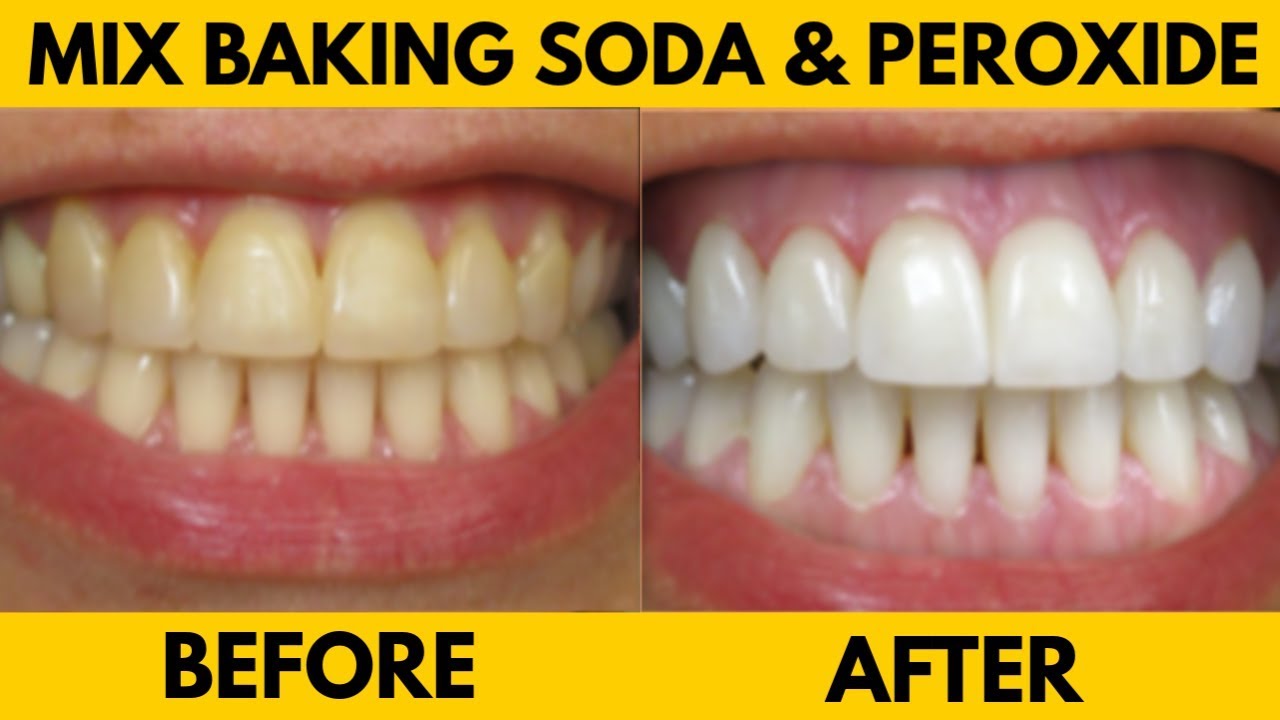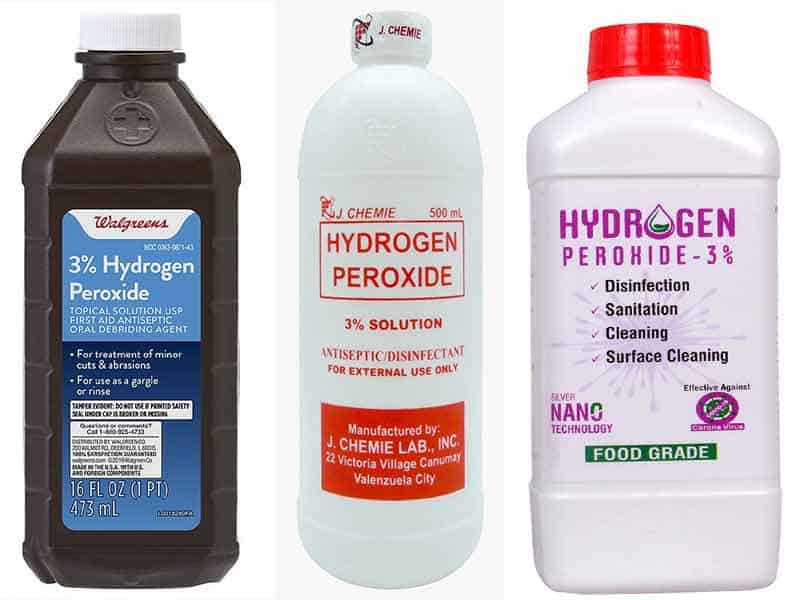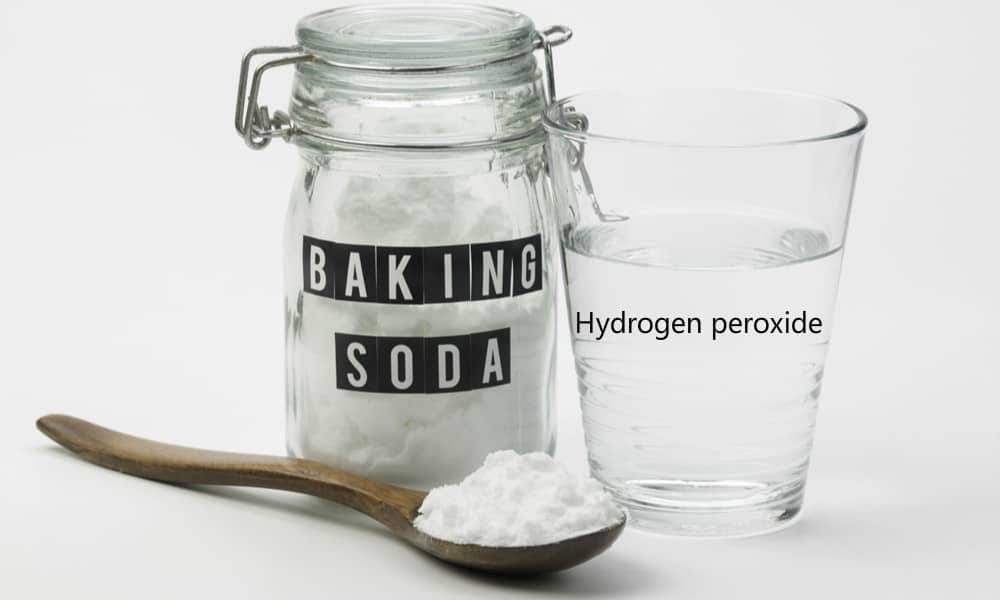If you're dealing with a clogged kitchen sink, one of the most effective and natural methods to unclog it is by using baking soda and vinegar. This method is not only budget-friendly but it is also safe to use as it does not involve any harsh chemicals. To start, pour half a cup of baking soda down the drain followed by a cup of hot vinegar. The mixture will create a fizzing reaction, which helps to loosen any debris or buildup in the pipes. Let it sit for about 15 minutes and then flush it with hot water. This method is ideal for minor clogs and can be repeated if necessary. It is also a great way to maintain the cleanliness and freshness of your kitchen sink.1. Baking Soda and Vinegar Method
If your kitchen sink is clogged due to grease or oil buildup, a simple yet effective method is to pour boiling water down the drain. Boiling water helps to melt and dissolve any grease or oil, making it easier to unclog the drain. To do this method, boil a pot of water and carefully pour it down the drain in intervals. Let the water sit for a few minutes before pouring more. This will avoid any damage to your pipes from the sudden temperature change. Repeat this process until the clog is cleared. Remember to use caution when handling boiling water and always wear protective gear.2. Boiling Water Method
A plunger is a handy tool to have when dealing with a clogged kitchen sink. It works by creating suction and pressure to dislodge the blockage and allow the water to flow freely again. To use a plunger, fill the sink partially with water and place the plunger over the drain. Push and pull the plunger vigorously until you feel the suction breaking up the clog. If the water starts to drain, continue plunging until the sink is completely unclogged. For tougher clogs, you can use a plunger specifically designed for sinks, which has a smaller rubber cup for a better seal.3. Plunger Method
Another simple and effective method to unclog a kitchen sink is by using salt and hot water. Salt acts as a natural abrasive, while hot water helps to dissolve any debris or buildup. To use this method, pour half a cup of salt down the drain followed by a pot of hot water. Let it sit for a few minutes and then run hot water down the drain to flush out the clog. This method is safe to use on all types of pipes and can be repeated if needed.4. Salt and Hot Water Method
Similar to the salt and hot water method, using dish soap and hot water can also help to unclog a kitchen sink. Dish soap is a great degreaser and can help to break down any oil or grease buildup in the pipes. To use this method, squeeze a generous amount of dish soap down the drain followed by a pot of hot water. Let it sit for a few minutes and then flush it with hot water. You can also use a plunger after to help dislodge the clog. This method is gentle on pipes and can be used regularly to prevent clogs from forming.5. Dish Soap and Hot Water Method
If you have a wet and dry vacuum at home, you can also use it to unclog a kitchen sink. This method works by using the vacuum's suction to pull out the clog. To do this, set the vacuum to wet mode and cover the vent with a cloth to create a seal. Place the vacuum hose over the drain and turn it on. The suction will pull out the clog and any standing water in the sink. This method is ideal for tougher clogs and can also be used for bathroom sinks and showers.6. Wet and Dry Vacuum Method
If you don't have a plunger or a wet and dry vacuum, a wire hanger can also do the trick. This method works by using the bent end of the hanger to hook onto the clog and pull it out. To use this method, straighten out a wire hanger and bend one end into a hook shape. Insert the hook into the drain and start fishing for the clog. Once you've hooked onto it, pull it out slowly. You may need to repeat this process a few times to completely clear the clog. Be gentle when using this method to avoid damaging your pipes.7. Wire Hanger Method
Enzyme drain cleaners are a safer and more eco-friendly alternative to chemical drain cleaners. These cleaners use natural enzymes to break down organic matter and unclog drains. To use this method, follow the instructions on the bottle and pour the recommended amount down the drain. Let it sit for the specified time before flushing it with hot water. This method may take a few hours to work, but it is gentle on pipes and can be used regularly to maintain a clog-free kitchen sink.8. Enzyme Drain Cleaner Method
If you're dealing with a severe clog, you can try using caustic soda to unclog your kitchen sink. Caustic soda, also known as sodium hydroxide, is a strong chemical that can dissolve hair, grease, and other organic materials. However, caution must be taken when using this method as it can cause burns and damage to pipes. Always wear protective gear and follow the instructions carefully. Mix a small amount of caustic soda with water and pour it down the drain. Let it sit for about 20 minutes before flushing it with cold water. This method may need to be repeated several times for tough clogs.9. Caustic Soda Method
If you're looking for a natural and effective method to unclog your kitchen sink, try using a mixture of hydrogen peroxide and baking soda. Hydrogen peroxide is a great disinfectant and can help to dissolve any organic matter, while baking soda acts as a gentle abrasive. Mix half a cup of baking soda with a cup of hydrogen peroxide and pour it down the drain. Let it sit for about 30 minutes before flushing it with hot water. This method is safe to use on all types of pipes and can also help to eliminate any odors coming from your kitchen sink. By using these 10 methods, you can easily unclog your kitchen sink without the use of a snake or any harsh chemicals. Remember to regularly maintain your kitchen sink to prevent clogs from happening in the first place. If none of these methods work, it may be a sign of a more serious plumbing issue, and it is best to seek professional help.10. Hydrogen Peroxide and Baking Soda Method
Why Snaking May Not Be the Best Solution for a Clogged Kitchen Sink

Discover Alternative Methods to Unclog Your Kitchen Sink
 If you're dealing with a clogged kitchen sink, your first instinct may be to reach for a plumbing snake. While this tool can be effective in removing blockages in your pipes, it's not always the best solution. In fact, using a snake can sometimes do more harm than good, especially if you're not familiar with how to properly use it. So before you grab that snake, consider trying these alternative methods to unclog your kitchen sink without causing any damage.
1. Boiling Water Method
One of the easiest and most effective ways to unclog a kitchen sink is by using boiling water. This method works best for blockages caused by grease or oil buildup. Simply boil a pot of water and carefully pour it down the drain in 2-3 stages, giving the water time to work its way through the pipes. The hot water will help dissolve the grease and push it through, unclogging your sink in no time.
2. Baking Soda and Vinegar Method
Another common household item that can help unclog your kitchen sink is baking soda. This method is best for blockages caused by food particles or debris. Start by pouring half a cup of baking soda down the drain, followed by half a cup of vinegar. Let the mixture sit for 10-15 minutes, then pour boiling water down the drain to flush out the loosened debris.
3. Plunger Method
If your kitchen sink is still clogged after trying the boiling water and baking soda methods, it's time to bring out the plunger. Fill the sink with enough water to cover the bottom of the plunger, then vigorously plunge up and down for a few minutes. The suction created by the plunger should help dislodge the blockage and allow water to flow freely again.
4. Salt and Baking Soda Method
For tougher clogs, try combining salt and baking soda to create a powerful cleaning solution. Mix equal parts of salt and baking soda and pour it down the drain. Let it sit for 10-15 minutes, then pour boiling water down the drain to flush it out. This method can help dissolve stubborn blockages and also helps to eliminate any unpleasant odors.
Conclusion
While a plumbing snake can be a useful tool for unclogging a kitchen sink, it's not always the best solution. By trying these alternative methods, you can effectively remove blockages without damaging your pipes. Remember to always use caution when dealing with a clogged kitchen sink, and if all else fails, don't hesitate to call a professional plumber for help.
If you're dealing with a clogged kitchen sink, your first instinct may be to reach for a plumbing snake. While this tool can be effective in removing blockages in your pipes, it's not always the best solution. In fact, using a snake can sometimes do more harm than good, especially if you're not familiar with how to properly use it. So before you grab that snake, consider trying these alternative methods to unclog your kitchen sink without causing any damage.
1. Boiling Water Method
One of the easiest and most effective ways to unclog a kitchen sink is by using boiling water. This method works best for blockages caused by grease or oil buildup. Simply boil a pot of water and carefully pour it down the drain in 2-3 stages, giving the water time to work its way through the pipes. The hot water will help dissolve the grease and push it through, unclogging your sink in no time.
2. Baking Soda and Vinegar Method
Another common household item that can help unclog your kitchen sink is baking soda. This method is best for blockages caused by food particles or debris. Start by pouring half a cup of baking soda down the drain, followed by half a cup of vinegar. Let the mixture sit for 10-15 minutes, then pour boiling water down the drain to flush out the loosened debris.
3. Plunger Method
If your kitchen sink is still clogged after trying the boiling water and baking soda methods, it's time to bring out the plunger. Fill the sink with enough water to cover the bottom of the plunger, then vigorously plunge up and down for a few minutes. The suction created by the plunger should help dislodge the blockage and allow water to flow freely again.
4. Salt and Baking Soda Method
For tougher clogs, try combining salt and baking soda to create a powerful cleaning solution. Mix equal parts of salt and baking soda and pour it down the drain. Let it sit for 10-15 minutes, then pour boiling water down the drain to flush it out. This method can help dissolve stubborn blockages and also helps to eliminate any unpleasant odors.
Conclusion
While a plumbing snake can be a useful tool for unclogging a kitchen sink, it's not always the best solution. By trying these alternative methods, you can effectively remove blockages without damaging your pipes. Remember to always use caution when dealing with a clogged kitchen sink, and if all else fails, don't hesitate to call a professional plumber for help.



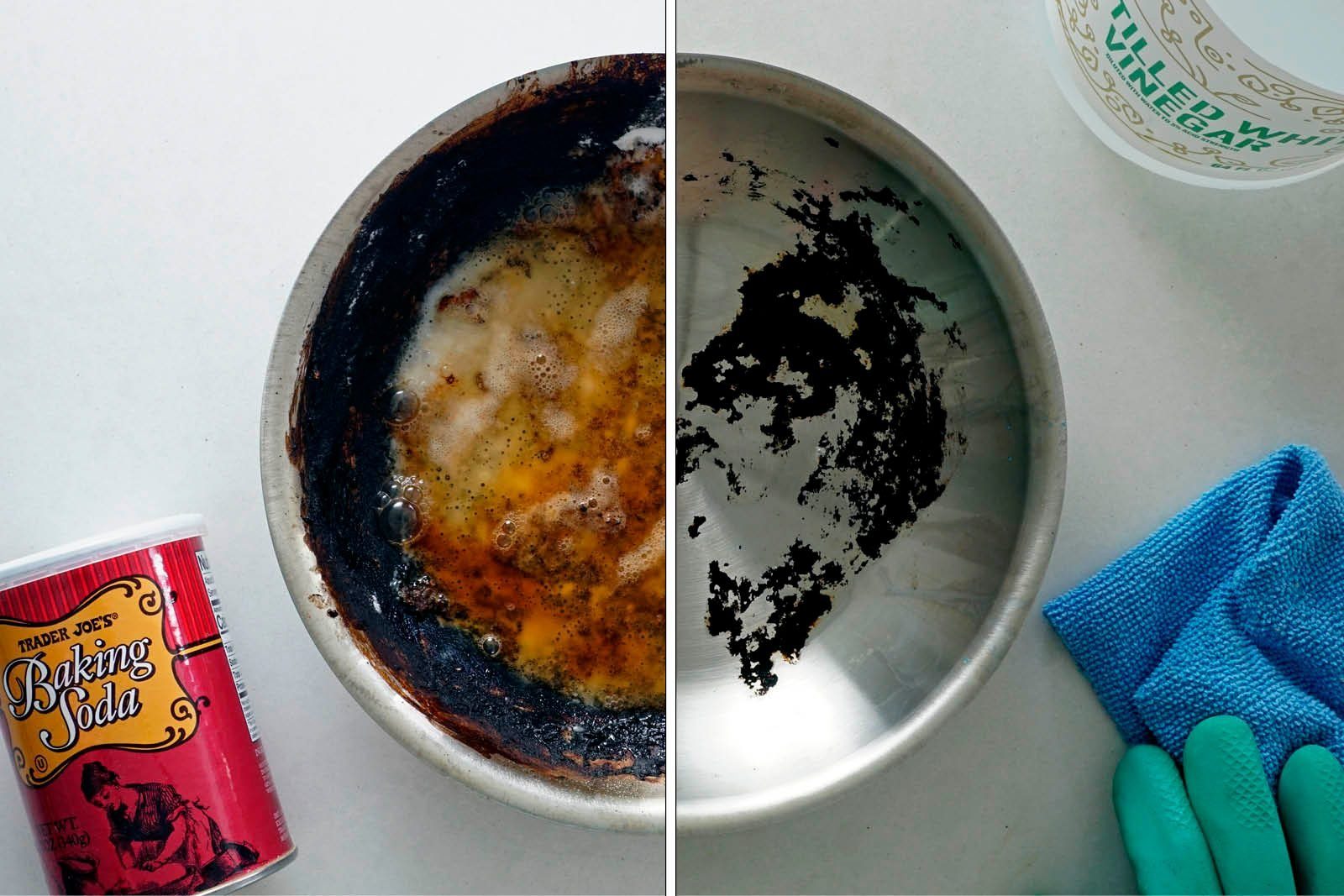
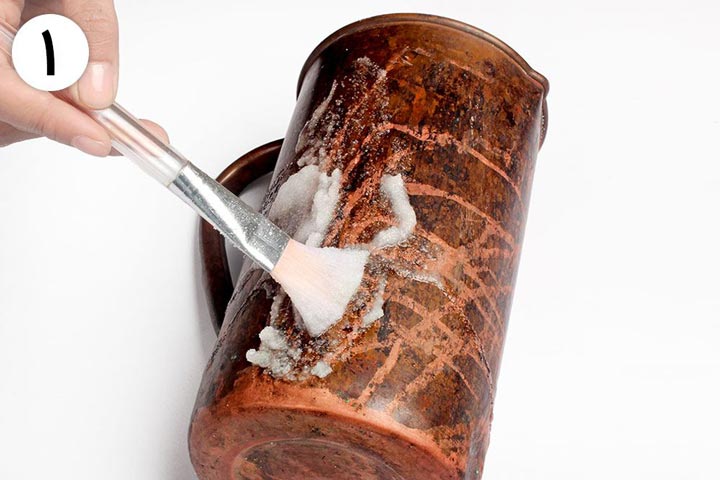

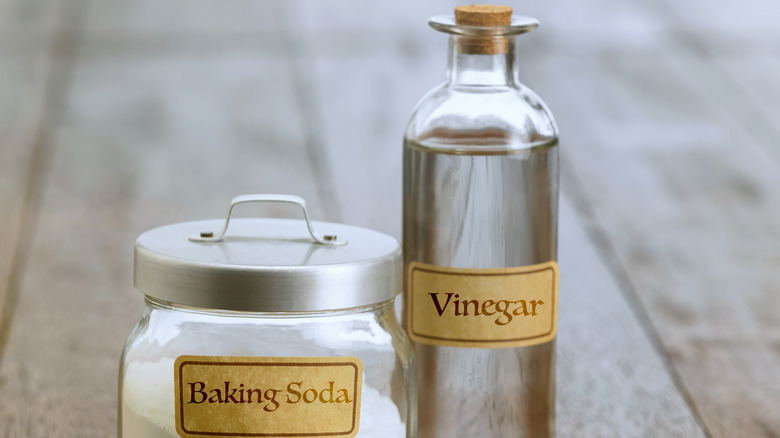
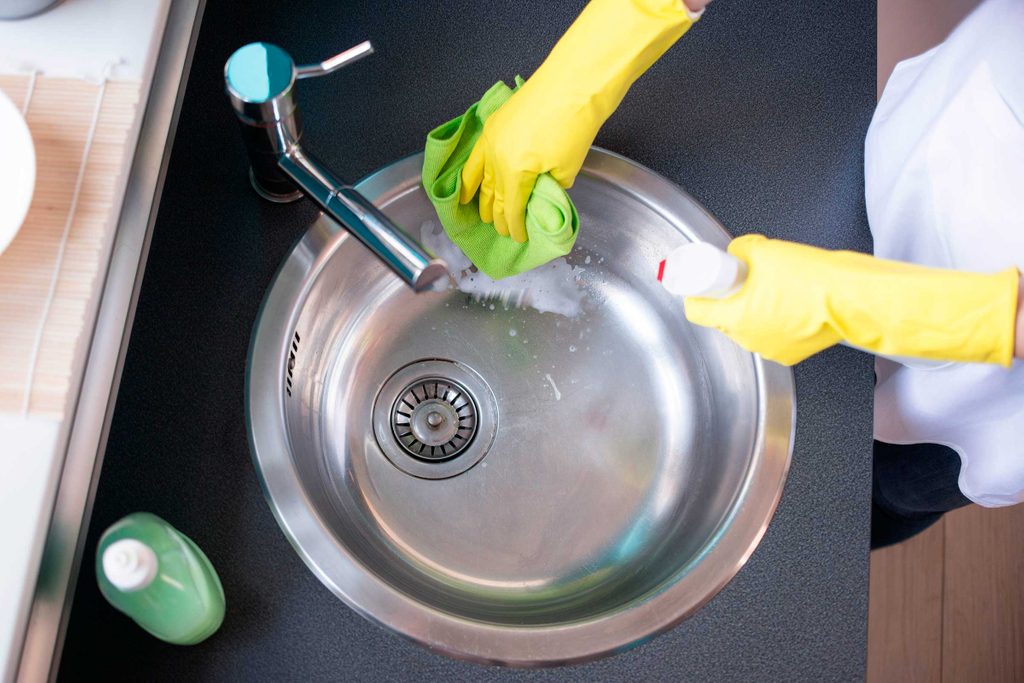





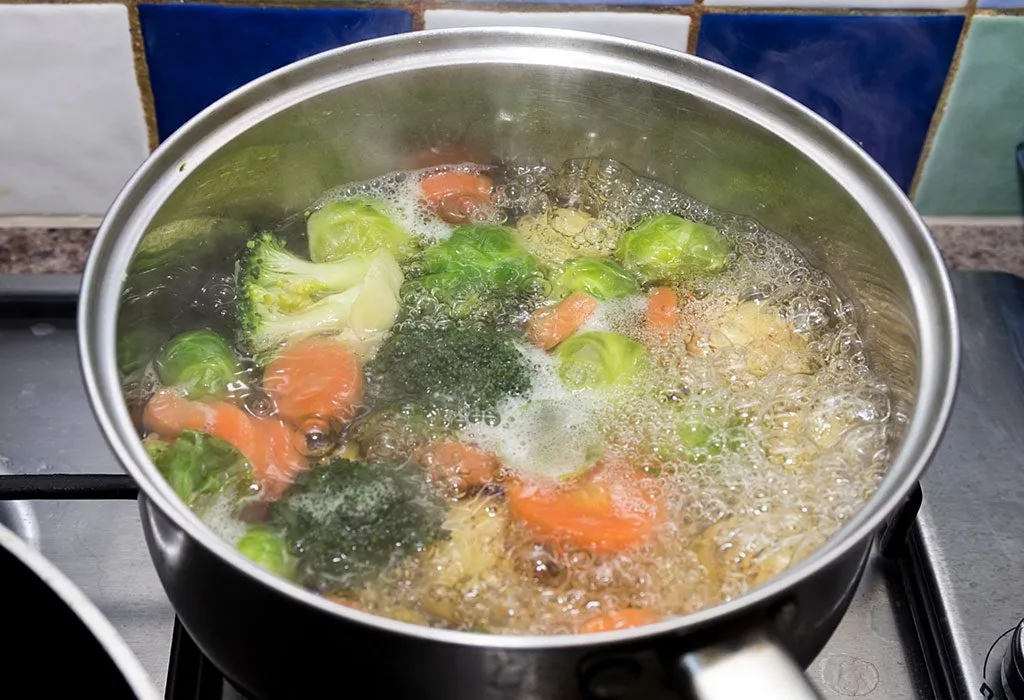
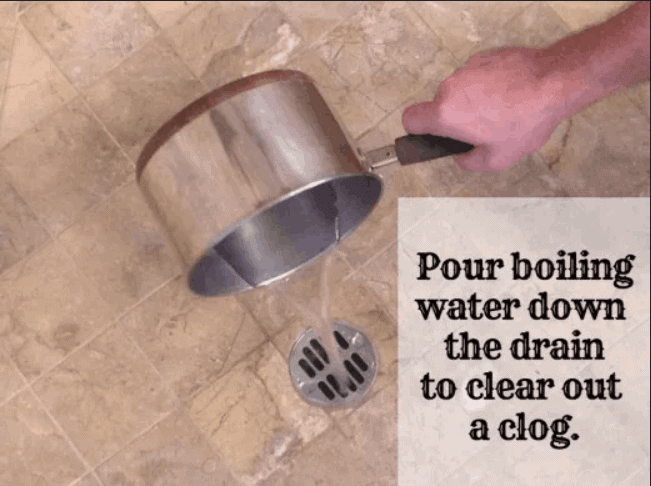

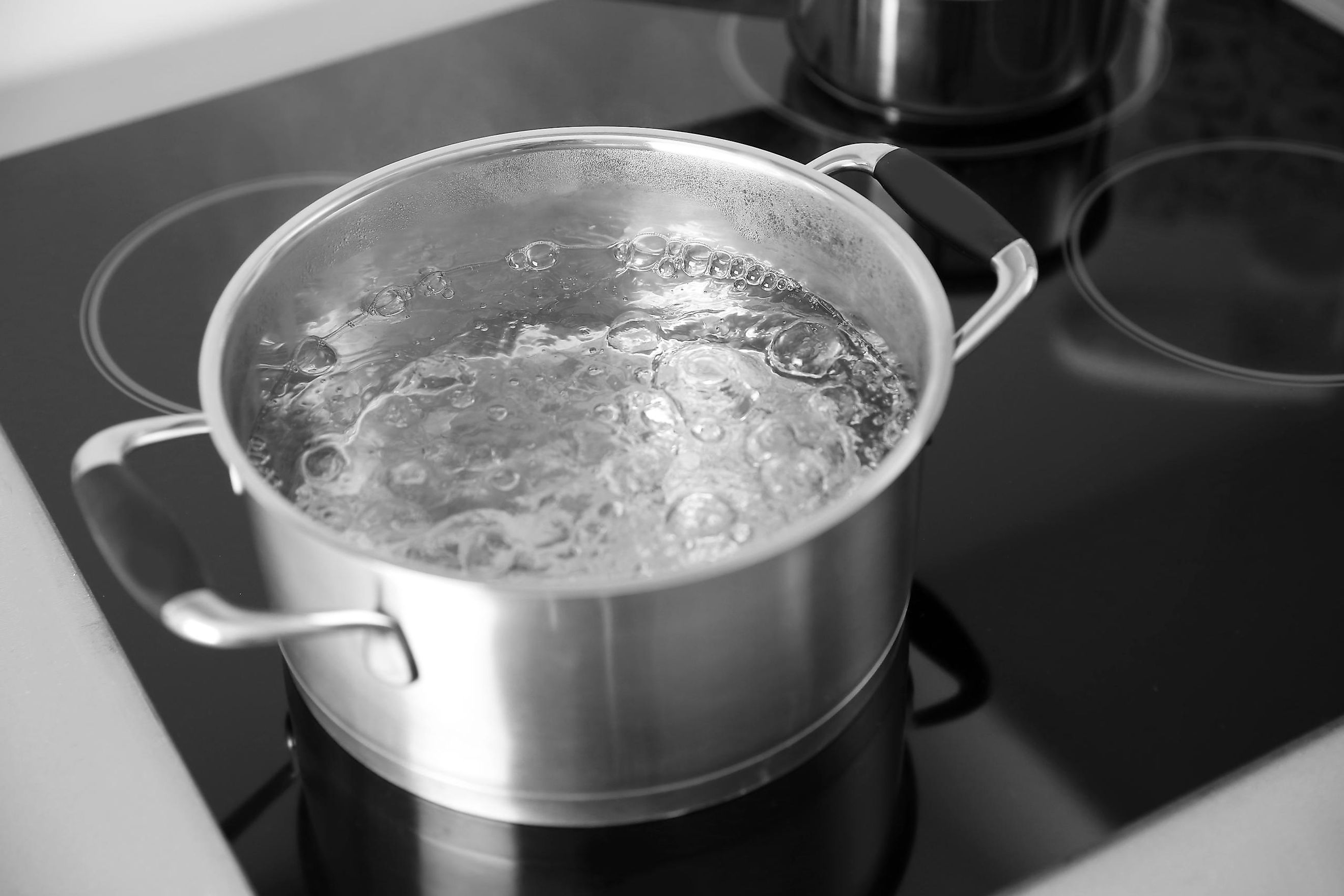
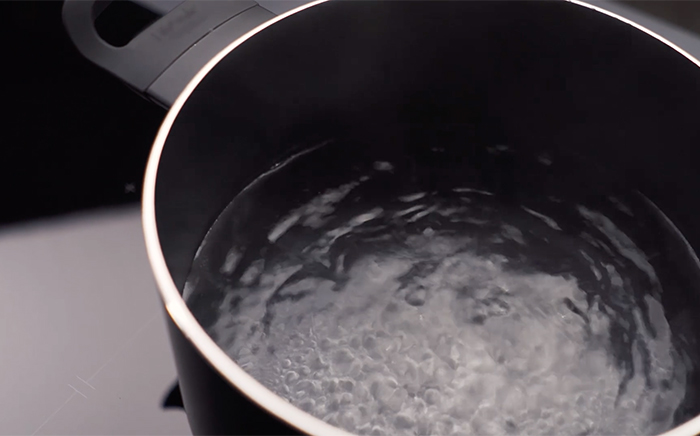

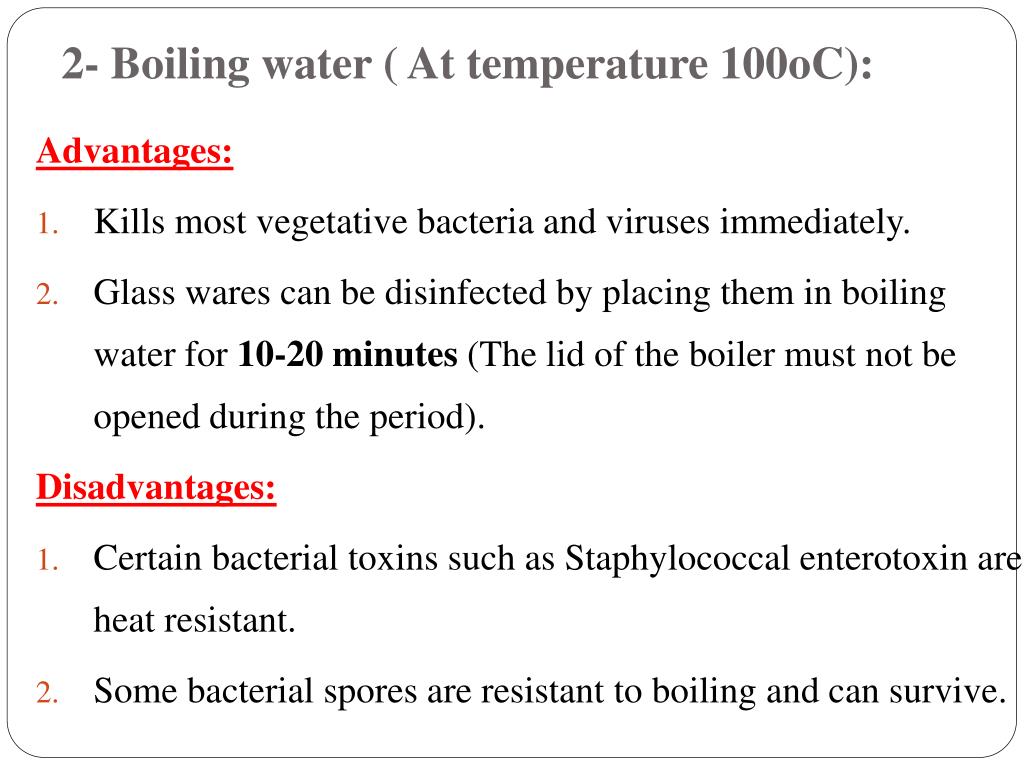





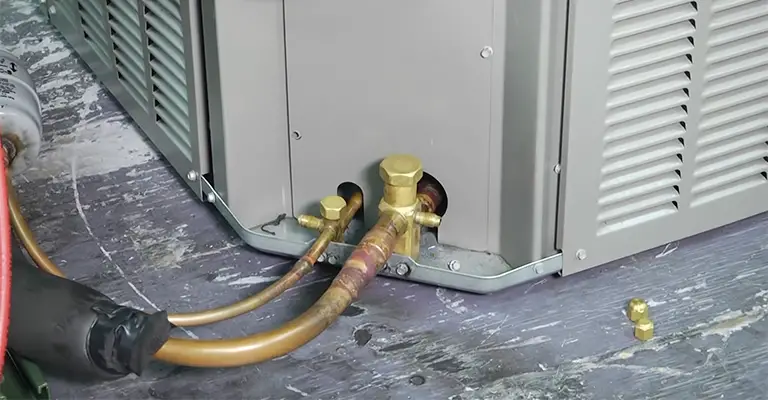

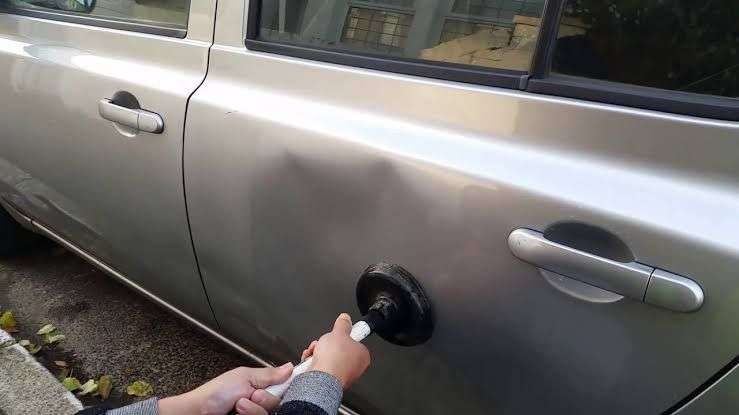


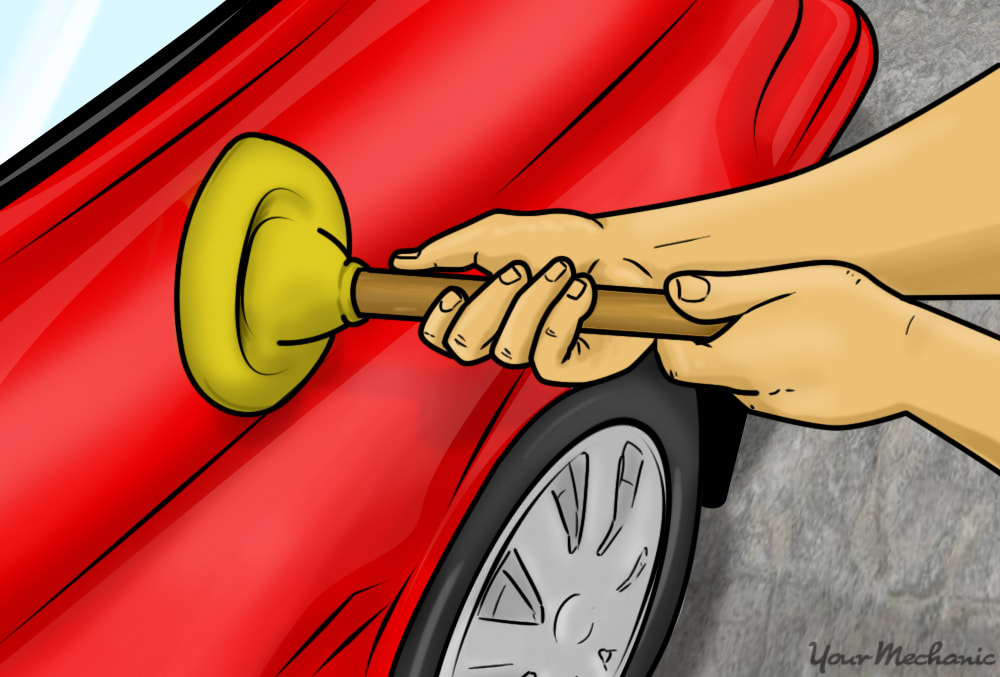
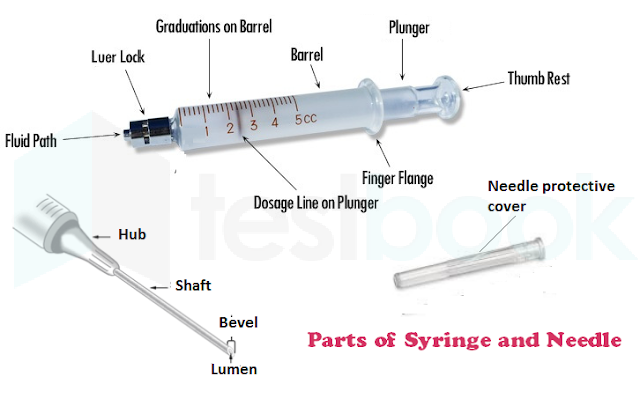

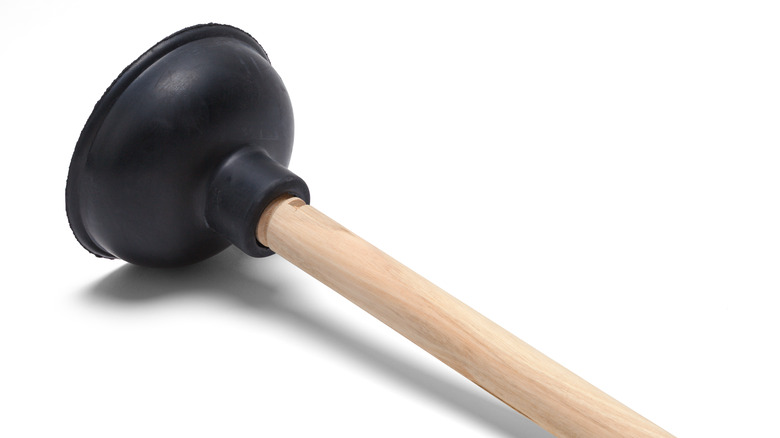




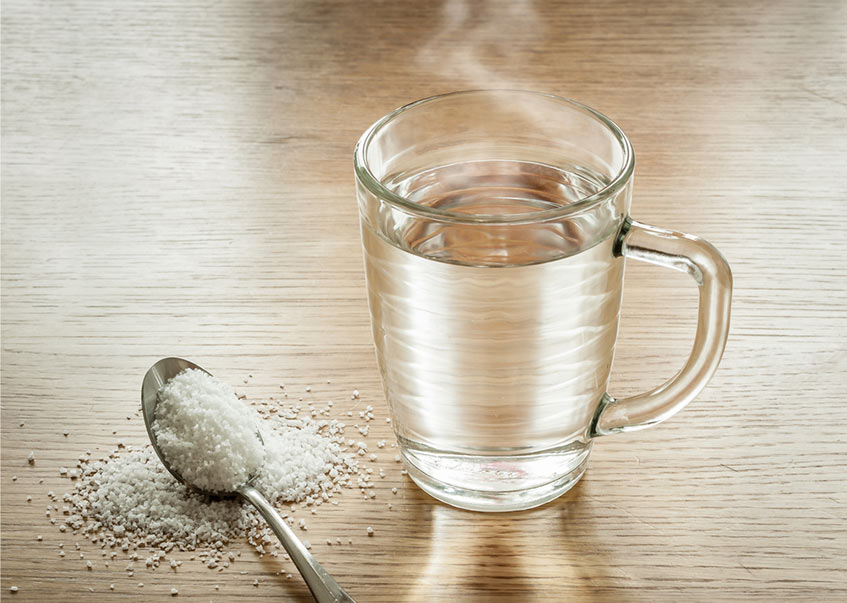

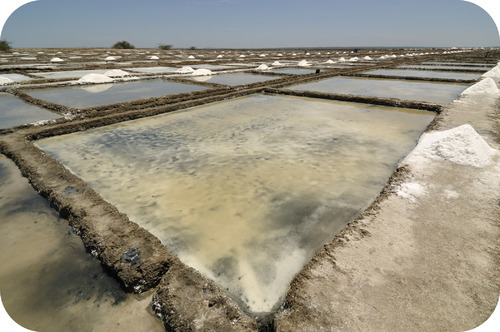






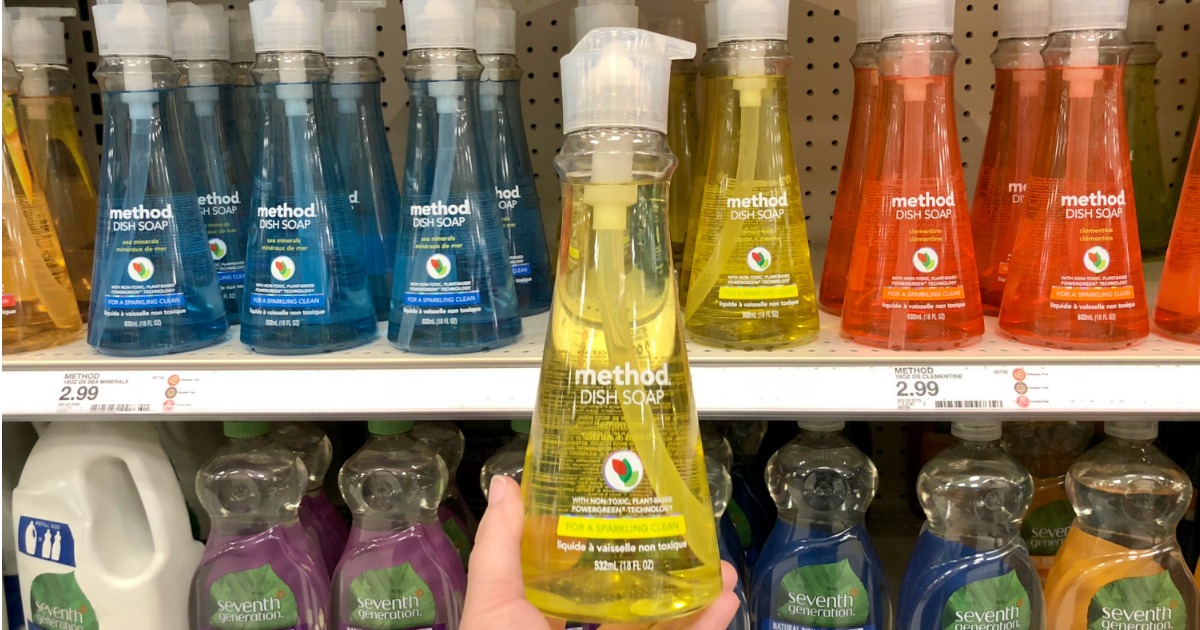

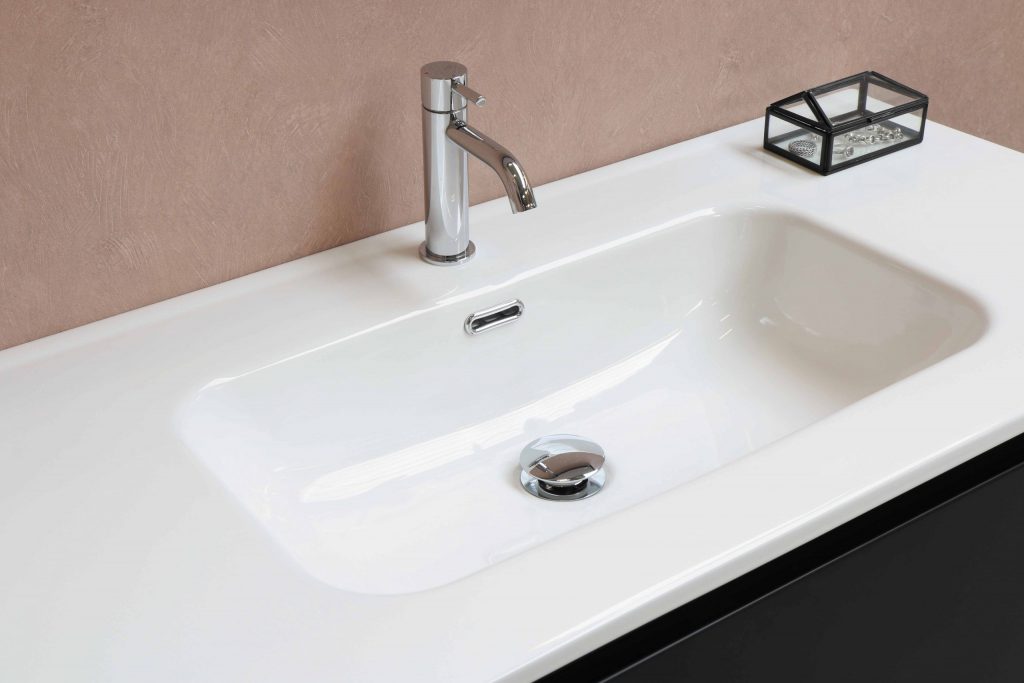



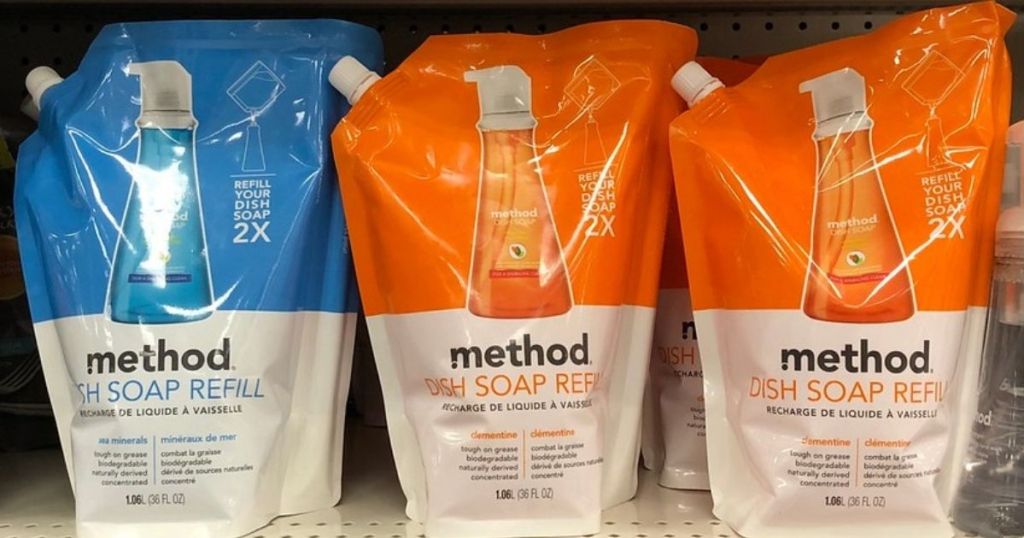


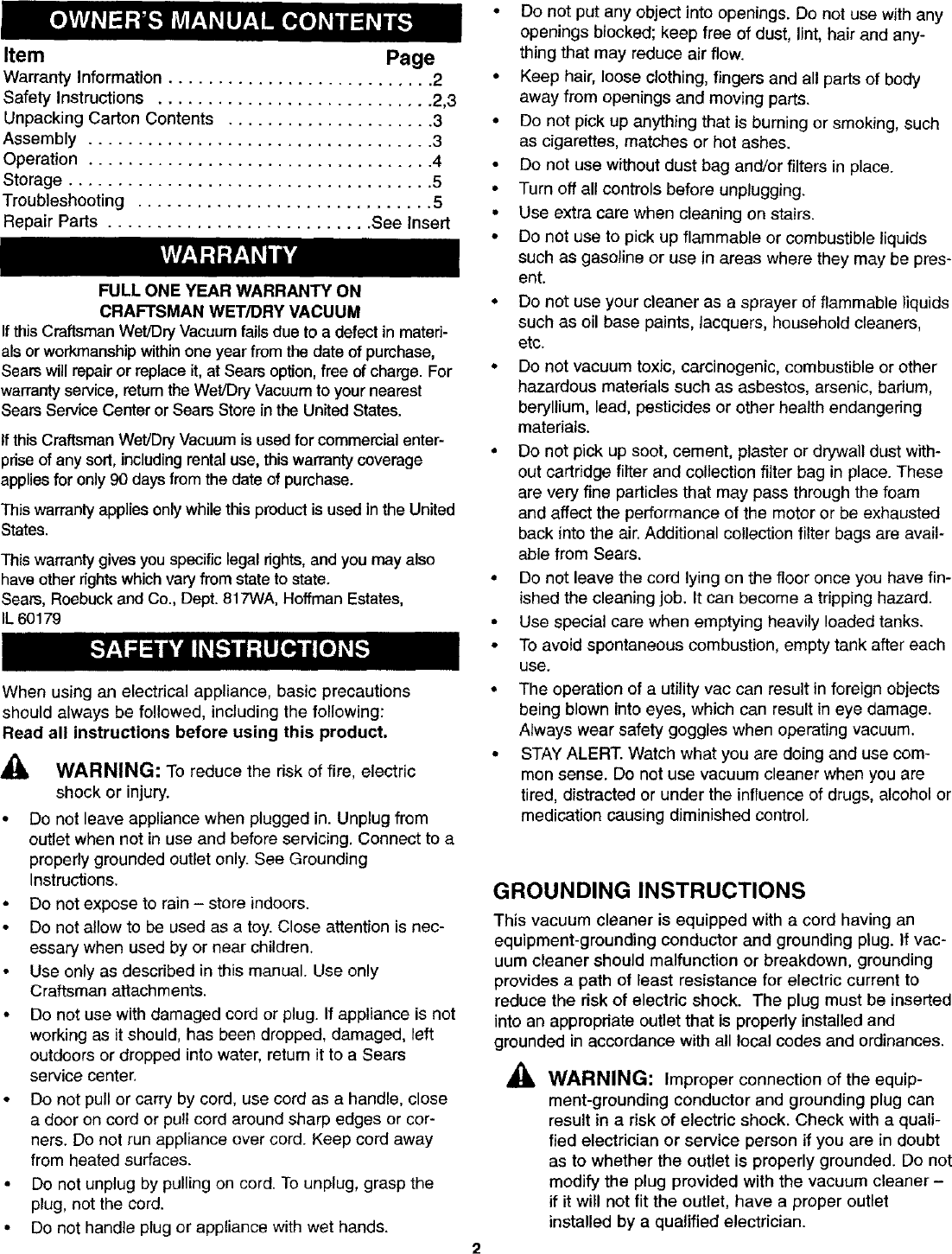
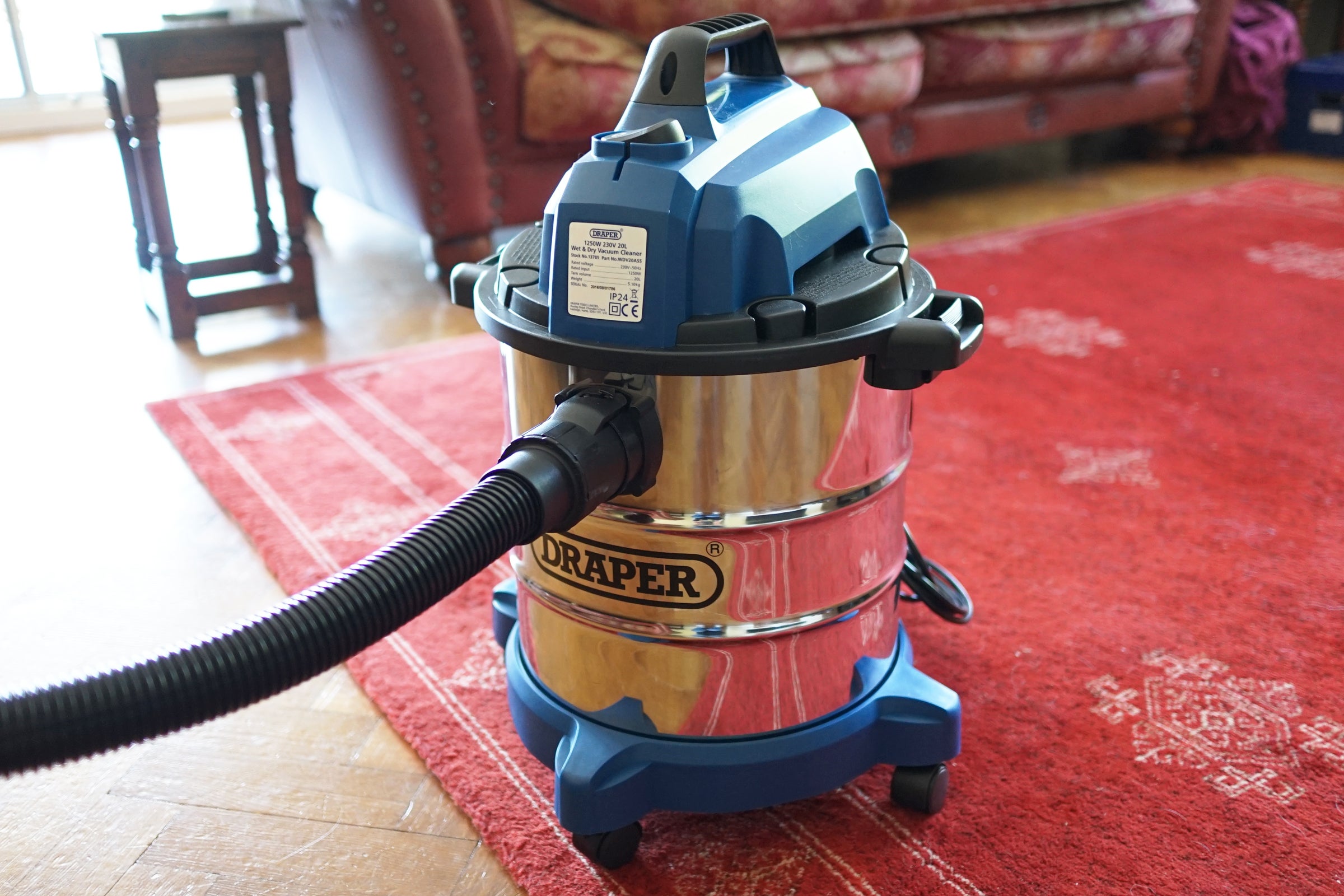

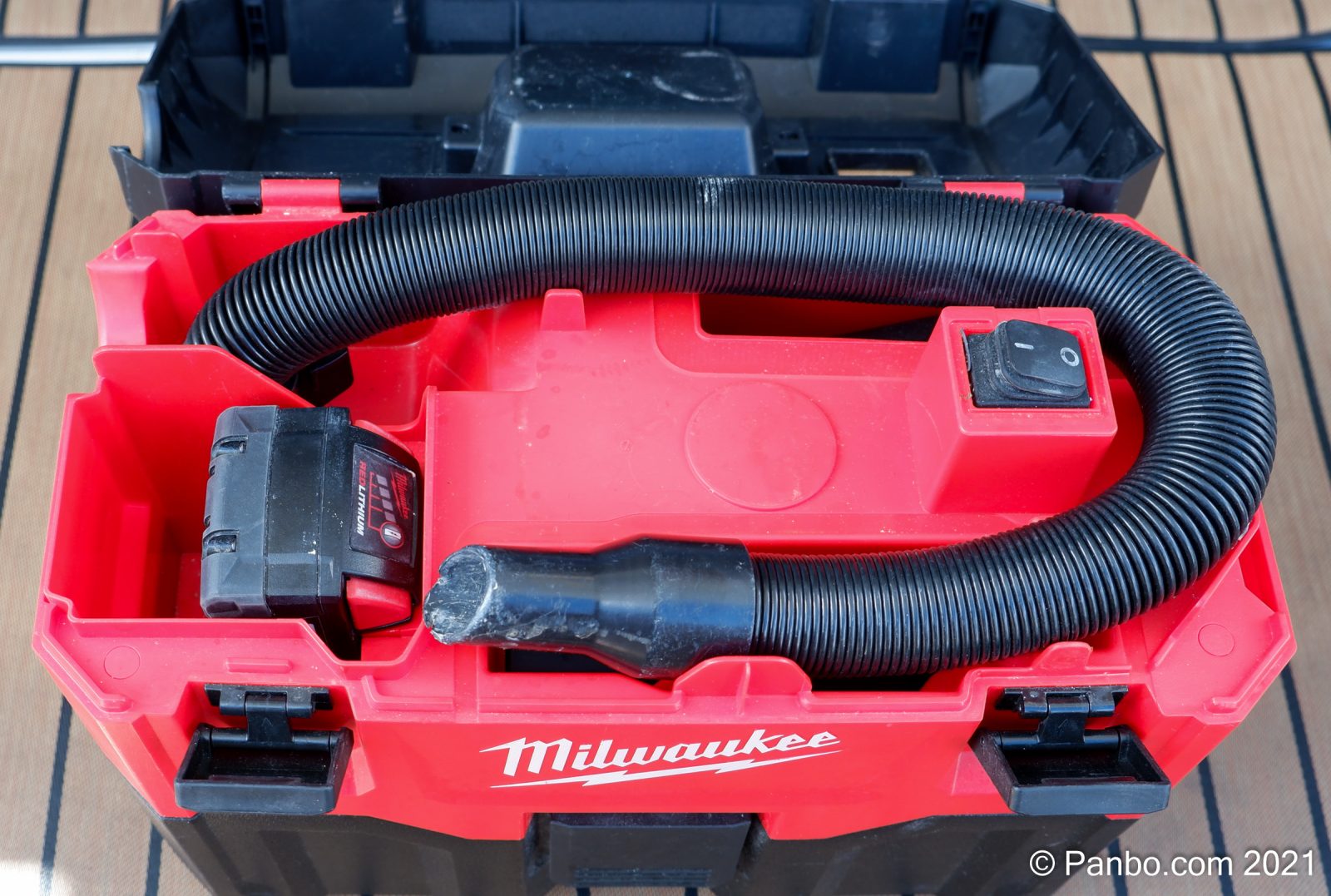




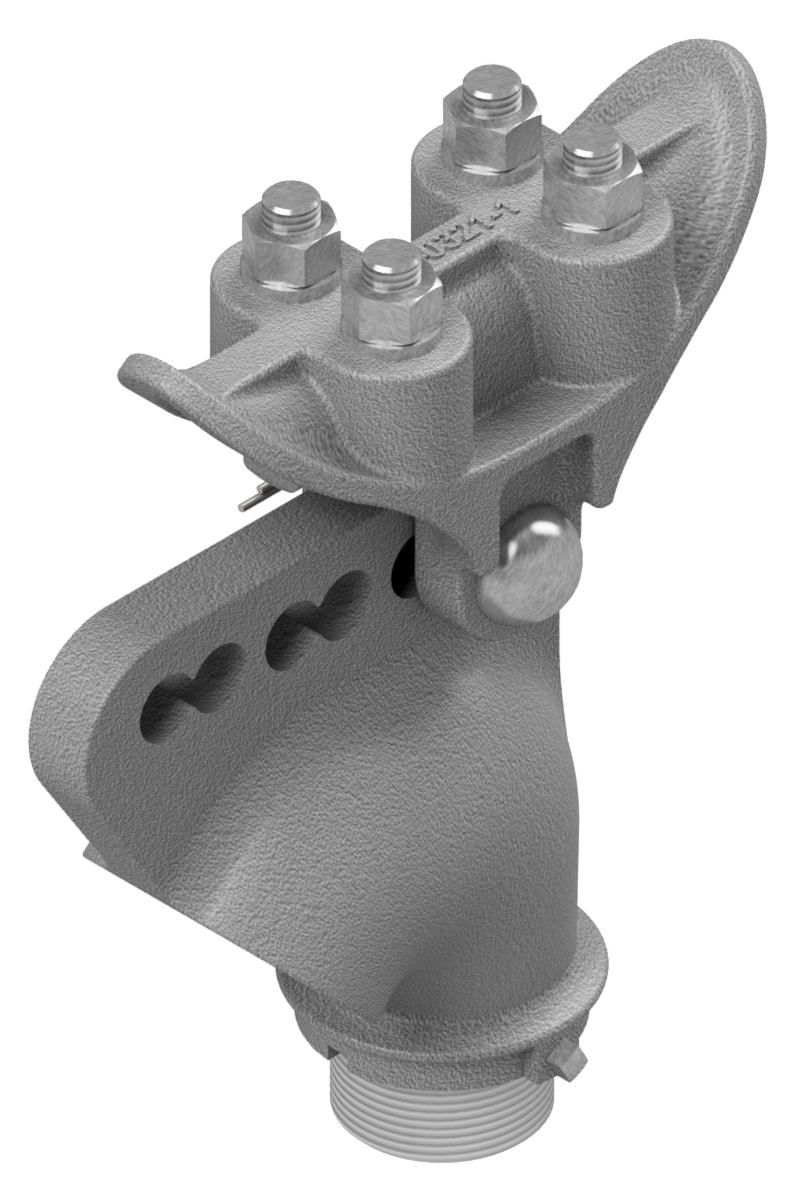














/GreenGobblerRefresh32oz-5bc63b0d4cedfd00266e4611.jpg)
:max_bytes(150000):strip_icc()/SPR-HOME-v2-8-best-drain-openers-4177167-8e4b5c1d411f4b888b7b67f53252aa86.jpg)


